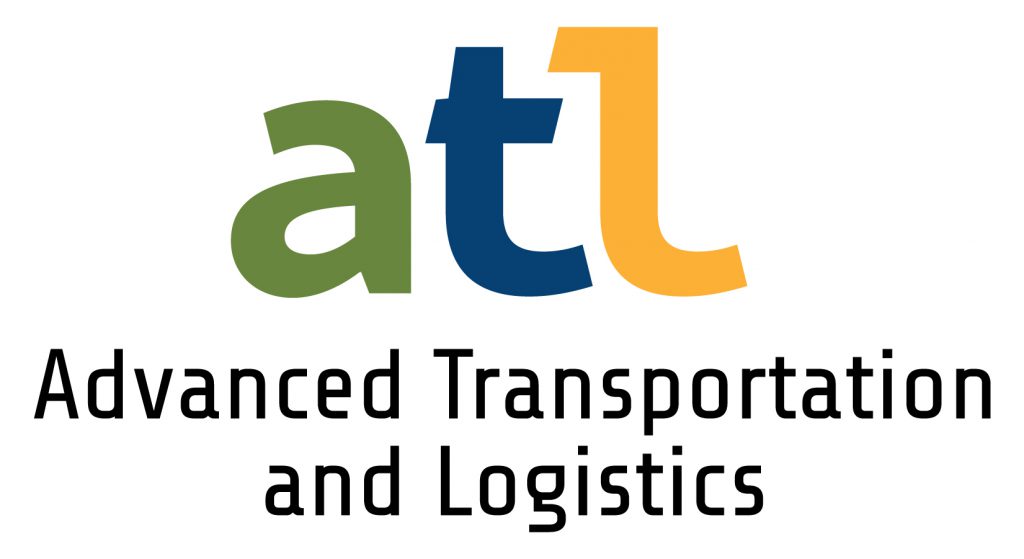SDG&E Integrates Electric Vehicles and Energy Storage Systems Into California’s Energy and Ancillary Service Markets
From Sempra Energy website, February 23, 2015
San Diego Gas & Electric (SDG&E) today announced that it is actively bidding a group of energy storage systems and electric vehicle fleets as one resource directly into the California Independent System Operator’s (CAISO) energy markets. These markets include those that address short-term imbalances in electricity supply caused by such things as intermittent renewable energy. The achievement ranks SDG&E as one of the first utilities to integrate electric vehicles (EVs) into California’s wholesale energy market.
“This pilot project emphasizes SDG&E’s focus on innovation in the electric vehicle and energy storage sectors,” said James P. Avery, SDG&E’s senior vice president of power supply. “There is tremendous potential for dispatchable distributed energy resources to enhance reliability and achieve greater efficiencies. The key to unlocking that potential is to better understand how these resources provide value both at the customer site level and at the larger electric grid level. This project does just that.”
The project currently aggregates stationary storage systems together with the charging demand of EV fleets at five separate locations throughout San Diego County. The assets are remotely controlled using software that both balances the participant’s charging needs, and identifies opportunities to provide demand response services at the grid level. Demand response is when customers don’t charge EVs or consume energy at peak hours, which alleviates stress on the grid and helps make sure adequate resources are available for the entire region. The project achieves this by correlating charging activity with wholesale energy prices. By agreeing to not charge in certain high price hours, the aggregated resource is paid the marginal energy price in those hours, similar to a conventional generator. The pilot project will end in late 2015.
Read complete release here.


